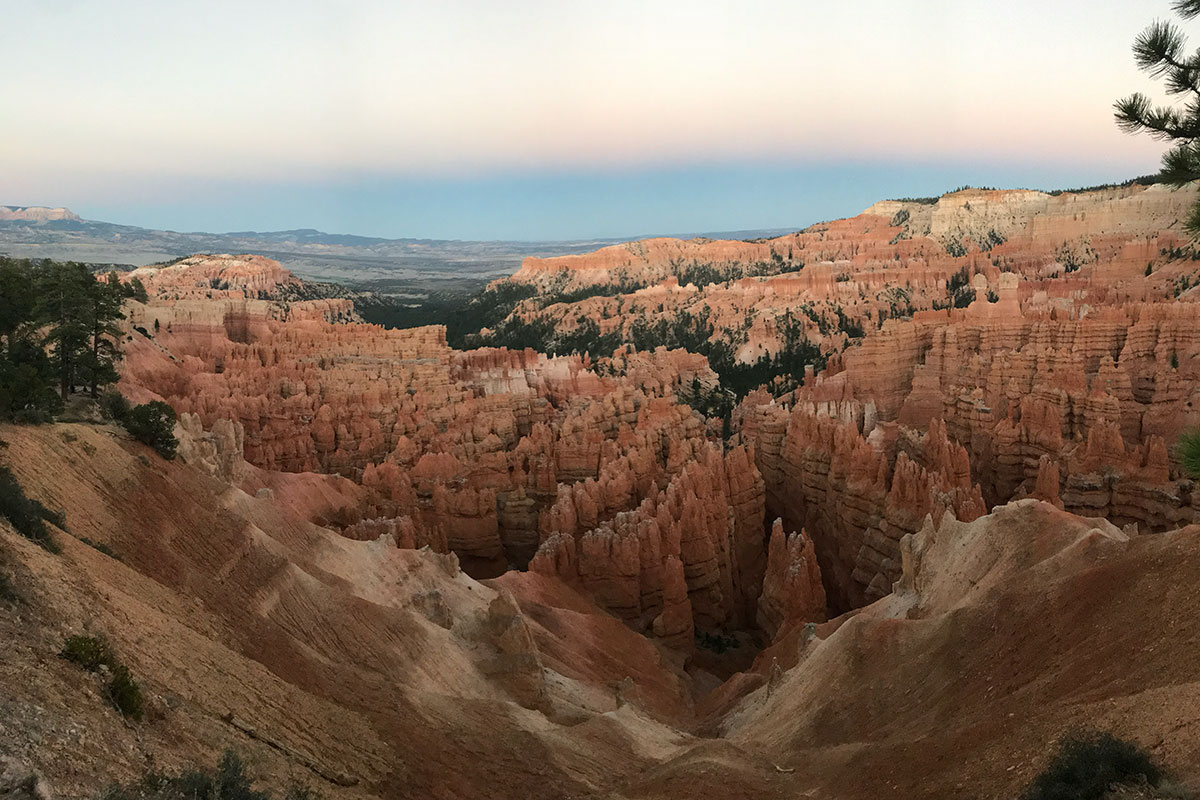Whether it’s your very first trip to a national park or you’re simply deciding which one to add to your existing list, it can feel overwhelming to choose from so many incredible options. The United States has 63 national parks – spanning thousands of miles worth of mountains, forests, lakes, deserts, and breathtaking views.
There are several tips to take into consideration that will help you decide where to take your upcoming trip. You’ll want to account for your budget, the weather, the popularity of certain parks, as well as several other factors.
How to decide which national park to visit
Whether you’re planning for your first, second, or tenth national park trip, here are 6 things to consider when choosing which to visit.
1. Budget and travel restrictions
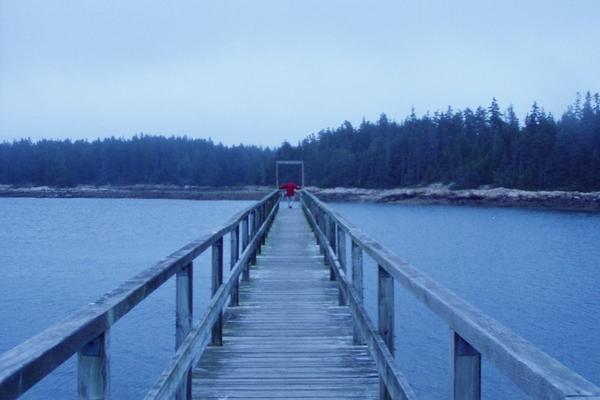
The first thing you should take into consideration when deciding which park to visit is whether you’d prefer to stay local or not. Staying local also keeps your trip more budget-friendly. It can become expensive to plan a road trip that requires a week or two.
If you live on the East Coast you may want to visit the Great Smoky Mountains or Acadia National Park versus traveling cross-country to Yosemite or to Olympic National Park.
Once you determine how far you want to travel and how much you want to spend, you’ll be able to narrow down your options significantly.
It’s important to note that a lot of national parks require entrance fees. However, on several days during the year, the parks will waive their entrance fees — which can help to reduce the cost of visiting a certain park.
2. The state they’re in
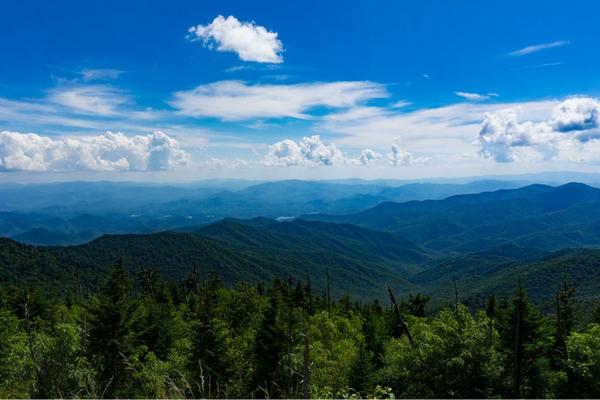
If you’re having trouble deciding on a national park, then try to find one in a state that you’ve always wanted to visit anyway. If you’re opting to take a road trip to the park, then you’ll likely be spending a significant amount of time seeing the surrounding cities as well.
For instance, if you’ve always wanted to visit Tennessee – then the Great Smoky Mountain National Park would be a great choice. If you have extra time, you can always stop and explore Nashville for a day or two.
Based on which state and area of the country you choose, you may also be able to hit multiple national parks in one trip. So that’s something to keep in mind as well.
2. Which season you’ll be going
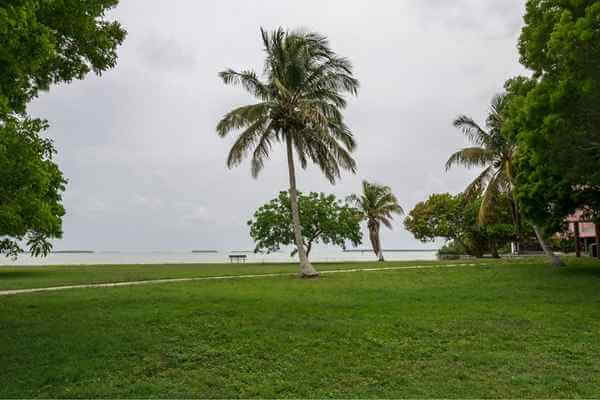
With so many diverse parks to choose from, spanning across the United States, it’s important to take weather into consideration. If you’re traveling during the winter months, you’ll have a much different experience by visiting the Everglades National Park in Florida versus Mount Rainier National Park in Washington.
If you’re hoping for more temperate winter weather, it’s a good tip to look at the expected temperatures beforehand if you’re unfamiliar with the area.
Likewise, during the summer, you may find that Death Valley National Park is blisteringly hot — while Rocky Mountain National Park stays much cooler.
3. Dealing with the crowds
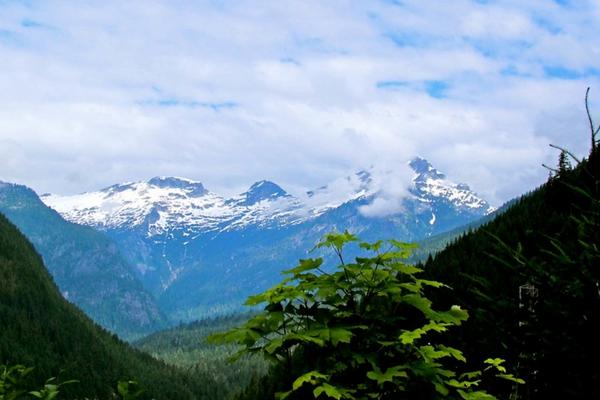
Of course, some national parks are more popular than others — which means larger crowds during the peak months.
If you opt to take a trip to the Grand Canyon during June or July, you’ll likely be surrounded by crowds of people throughout your time in the park. This may inhibit your ability to find a tranquil space to relax (if that’s your goal).
There are plenty of lesser-known parks that offer picturesque scenery without the large crowds. North Cascades National Park in Washington is one such example of this. It offers breathtaking views but isn’t as densely crowded as Olympic National Park is during the summertime.
4. Are reservations and/or permits required?
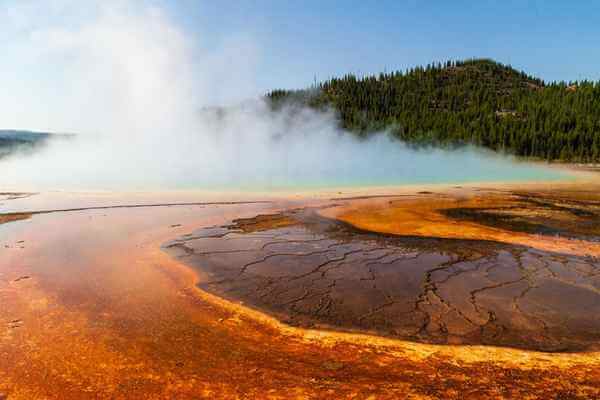
If you’re wanting to stay at a campsite in the park or hike a specific trail, it’s recommended to do some research before your trip. Some of the most popular parks, such as Yellowstone National Park or Yosemite National Park, can be fully booked months in advance.
Waiting until the last minute can result in not being able to book your preferred campsite. If this will affect your trip, then it’s best to find this out before making travel plans.
You can also consider planning your trip during the off-season. Going to popular parks during the non-peak months can be a great way to ensure that you have a pleasant experience.
5. What activities are priorities for you?
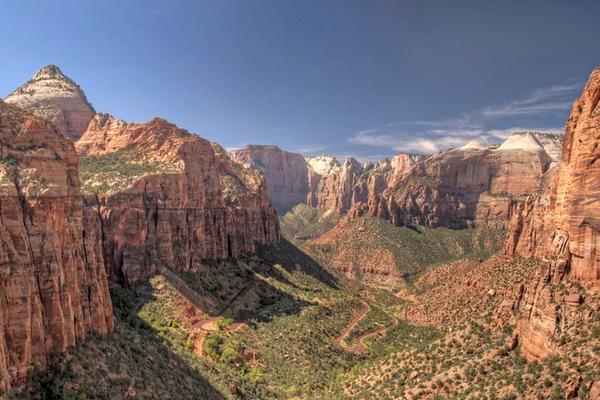
Depending on what priorities you have for your national park visit, it’s important to ensure that your park of choice offers them. If you really want to go white water rafting, the Grand Canyon is a popular choice. If you want to do some rock climbing, then Joshua Tree would be a good park to consider. Or if you want to do some hiking and see some of the most amazing views in the country, check out Zion.
If you don’t wish to go on long and strenuous hikes, you can study the maps of the national parks beforehand and choose one with shorter paved trails for you to enjoy. There are even parks that have scenic roads that allow you to drive your car to the most popular vantage points.
6. Will you be traveling with young kids?
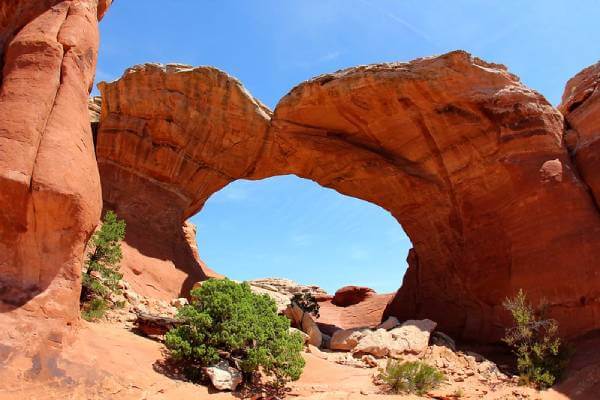
Some parks are inherently more family-friendly than others. If you’re taking a trip with small children, it’s important to ensure that there are plenty of activities they’ll be able to participate in. A strenuous hike over difficult terrain may not be the best choice for young children.
Arches National Park is popular among families with children. The park itself is on the smaller side and the highlights can be explored within a day or two. There are plenty of rock formations to climb on and plenty of short trails to explore.
Conclusion
With so many national parks to choose from, it can feel impossible to choose which one you want to visit. However, after taking the above questions into consideration — you should be able to narrow down your choices.
It’s hard to go wrong when choosing a national park, as they all have something unique to offer. You’ll undoubtedly leave the park with plenty of memories and photos of your time there. If you’re on a budget, traveling with children, or looking for a less crowded spot to spend your vacation at, there will be a national park that fulfills your needs.
